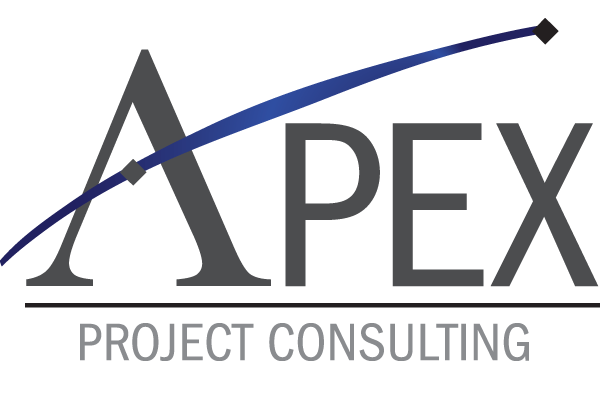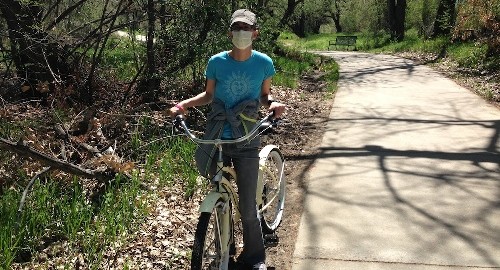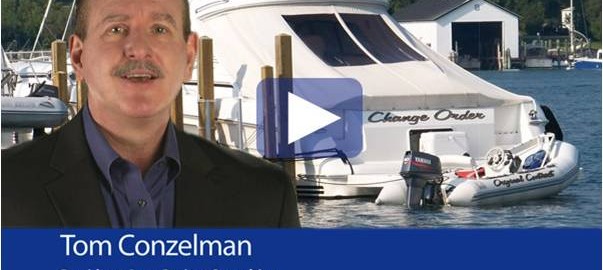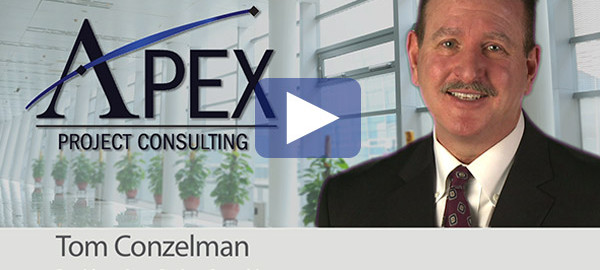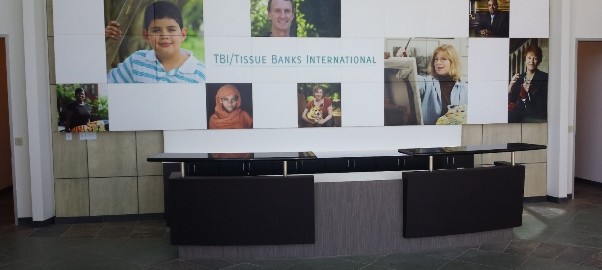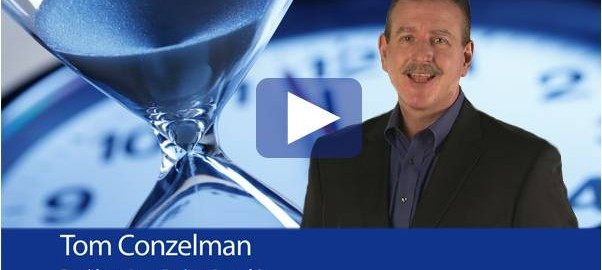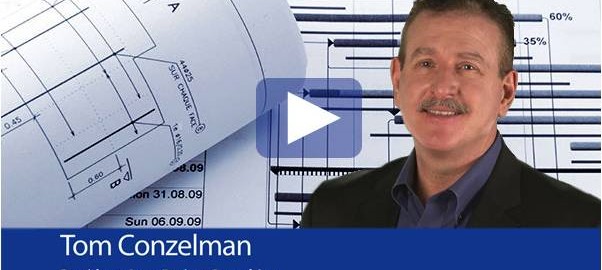What Does it Take to Save a Life?
It doesn’t take steely nerves. Or running into burning buildings. Nor wading into treacherous rip tides. No need to leap tall buildings either. That’s the magic, the beauty and the benefit of Be The Match®.
Can you believe saving a life only requires swabbing the inside of your cheek and gum with a Q-tip? Amazing, but true!
Be The Match
Be The Match was born out of the love of parents for their daughter. Robert Graves and his wife Sherry were desperate after learning their 10-year-old daughter Laura was diagnosed with leukemia. Looking for any way to save little Laura’s life they agreed to try the first ever bone marrow transplant — from a donor that was not related.
Laura received her transplant in 1979. The success of Laura’s transplant inspired the Graves, doctors and other patient families to establish a national registry of volunteers willing to donate bone marrow.
Fast-forward. As of today, Be The Match has facilitated more than 61,000 transplants. Each day 17 new patients are given the gift of hope for a future.
Be The Miracle
You have a chance to be someone’s miracle! Check out this inspiring story of transplant recipient Kate (also here).
For transplant recipient Kate, riding a bike is not simply a leisure activity, it marked a major milestone.
In March of 2009, Kate was heartbroken to learn that her follicular non-hodgkin lymphoma (FNHL) had returned. A few months later it was apparent that she would need a marrow transplant—her only option for a cure. Her brother, her only sibling, was not a match, but, thankfully, Kate’s doctors located four well matched donors on the Be The Match Registry and Kate received her life-saving transplant on June 29, 2010.
Following her transplant, Kate was diagnosed with graft versus host disease (GVHD) in her respiratory system. “I had lost over 70% of my lung function. I could barely walk across the room.” says Kate. Not only had Kate lost lung function, she had also lost muscle mass and over 20 lbs. Kate says, “I asked my PT if she thought it was possible for me to ride 20 miles someday. She was all for it.”
Kate picked an event with a 20 mile ride and spent the next 11 months rebuilding strength. All winter she went through pulmonary therapy where she re-trained her lungs how to breathe while exercising and riding on a stationary bike. Finally, in April, Kate was able to take her new, sporty road bike out for its first road test. To celebrate, her entire family came along. “It was a family affair. I rode a mile with a top speed of 7 miles per hour. But I did it—I rode my bike,” says Kate.
On race day, Kate pushed to complete the 20 mile bike ride. When she started to lose energy near the finish line, her team—full of her family and friends, did something incredible and unexpected to lift her spirits—they started singing. “My teammates had to sing me through the last mile and over the finish line. I felt an amazing and humbling sense of accomplishment and gratitude to my family and friends. I could not have done it without them,” says Kate.
Since this initial achievement, Kate has taken part in a 20 mile race two more times and has improved her time by over an hour. “Not only did I accomplish something my doctors thought was impossible, cycling helped me regain my overall strength so that I can do a lot I shouldn’t be able to. Best of all, I can take care of my family which includes two busy teenage daughters and a husband who often travels. I have battled depression several times since my transplant and being able to get on my bike or exercise lifts my spirits. Cycling definitely was the key to my recovery,” says Kate.
Here Is Your Chance!
Now that you’ve read about the incredible power of this simple act, you are probably asking yourself how do I get involved? Here are two ways.
You can join the Be The Match Registry. By joining the registry, you will be stepping-up to help stop blood cancers. You’ll be living proof that for thousands of critically ill blood cancer patients, there is a cure. And it could be you. Start here now.
Or you could do something equally simple.
I have teamed up with By The Mile for Be The Match to raise critical funds to help match volunteer marrow donors with patients who have blood cancers, like leukemia or lymphoma. This summer, I will be biking to raise money and most of all, have fun!
But I need your help!
Your contribution to my By The Mile for Be The Match campaign will help by working to add new potential marrow donors to the registry, financially supporting patients with uninsured costs and funding innovative research to improve transplant outcomes.
With your help, we can do a world of good with every mile I ride.
Please help me reach my fundraising goal – make your tax-deductible contribution today (here)!
Either way you choose to help, you are guaranteed that you will be someone’s miracle!
